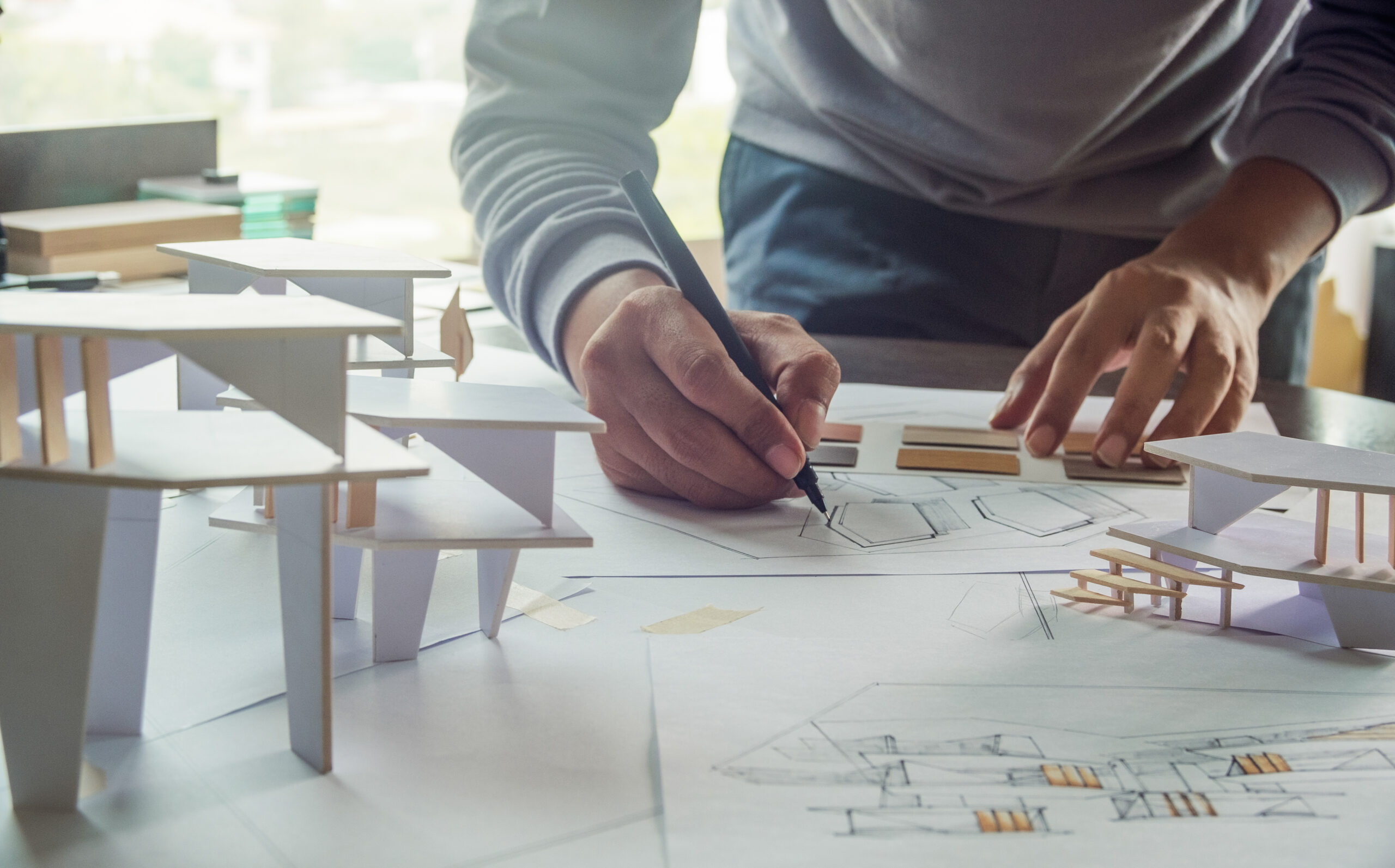A Career Built on More Than Buildings
Over the course of my career as an architect and real estate developer, I’ve come to see design as far more than a profession—it’s a form of service. Architecture, at its best, is about people. It’s about creating spaces that not only look good but feel good, function well, and foster community. Every concept holds potential far beyond walls and windows—it holds the promise of better living.
When we design with intention, we help shape the social, economic, and cultural health of our communities. Whether it’s a housing development, a public space, or a historic renovation, every project is an opportunity to leave a lasting impact. And that impact goes far beyond the property line.
The Human Side of Architecture
Architects are often seen as visionaries or problem-solvers, which we are—but we’re also listeners. The most successful projects I’ve worked on didn’t start with drawings or CAD files—they started with conversations. Community members, city planners, business owners, and neighbors all brought insights that helped shape a space not just for use, but for belonging.
In Indianapolis, I’ve had the opportunity to lead and collaborate on projects that responded to real human needs—safe housing, accessible public spaces, preserved history, or new economic opportunity. When we listen closely, we’re reminded that architecture isn’t about imposing our vision—it’s about translating collective needs into built form.
Designing with empathy means we consider how people move through a space, how sunlight enters a room, how noise travels, and how a building fits within its surroundings. These details matter. They determine how people feel, interact, and live in the spaces we create.
Beyond Aesthetics: Designing for Function and Future
Good design is not just about aesthetics—it’s about problem-solving. It’s about anticipating how a space will be used today and how it might evolve in the future. An attractive building that doesn’t serve its users isn’t good design. But a thoughtful, adaptable space that meets community needs today and tomorrow—that’s impactful.
One of the most rewarding aspects of working in real estate development has been helping to align design with long-term community goals. From mixed-use developments to adaptive reuse projects, the focus is always the same: how can we create places where people thrive?
When we approached design with this mindset at Mansur Real Estate Services, the result was more than successful projects—we helped contribute to the growth and revitalization of Indianapolis neighborhoods. Our buildings housed not just businesses and residents, but vision and potential.
Adaptive Reuse: Breathing Life into What Already Exists
A core philosophy in my career has been to build on what already works. Historic buildings, when preserved and adapted with care, bring a richness and texture to our cities that new construction often lacks. Adaptive reuse is one of the most sustainable and community-centered approaches to architecture.
By saving and repurposing existing structures, we reduce waste, retain cultural identity, and often reinvigorate neighborhoods. I’ve seen this happen time and again in Indianapolis. An abandoned school becomes affordable housing. A vacant industrial building turns into a creative hub. These projects prove that smart design can lead to economic development, environmental responsibility, and cultural preservation—all at once.
Architects as Stewards and Connectors
The architect’s role extends beyond the drafting table. We are connectors—between the past and future, between policy and design, and between people and place. We work with engineers, city officials, contractors, investors, and community members, translating competing needs into cohesive, inspiring spaces.
Serving as Vice Chairman of the Regional 2020 Plan and Chair of the Governor’s Residence Commission allowed me to see firsthand how architectural leadership can guide broader urban strategies. Through these roles, and through work on more than 15 nonprofit boards, I’ve witnessed how design influences everything from mental health to economic mobility.
Today, as a volunteer with organizations like Keep Indianapolis Beautiful and Second Helpings, I’m reminded again and again that our spaces must serve those who need them most. A well-designed building can be the difference between dignity and struggle. That’s a responsibility I’ve never taken lightly.
Telling the Story of a City
Architecture is storytelling in physical form. Through my podcast Design Minded Indiana, I’ve had the pleasure of highlighting the voices of local designers and creatives who shape our city one project at a time. Each episode reveals how design decisions—large or small—can change how we experience the places we live, work, and gather.
Design tells the story of a city’s values. Are we investing in public parks? Are we preserving our history? Are we making spaces accessible to all? These choices speak volumes. As architects, we help write that story. And we have the privilege—and obligation—to make it a good one.
Building a Better Future, One Project at a Time
As I reflect on my work in Indianapolis and beyond, I see that the most important thing I’ve built isn’t a structure—it’s a mindset. A belief that architecture is about more than design—it’s about legacy. It’s about creating spaces that elevate lives, support communities, and stand the test of time.
From free hand sketches to final build, every decision we make has the potential to uplift or overlook. My hope is that we choose to uplift. To build places that bring people together, meet real needs, and reflect the soul of the community they serve.
Because at the end of the day, architecture isn’t about the building—it’s about the people inside it. And that’s where true impact begins.
